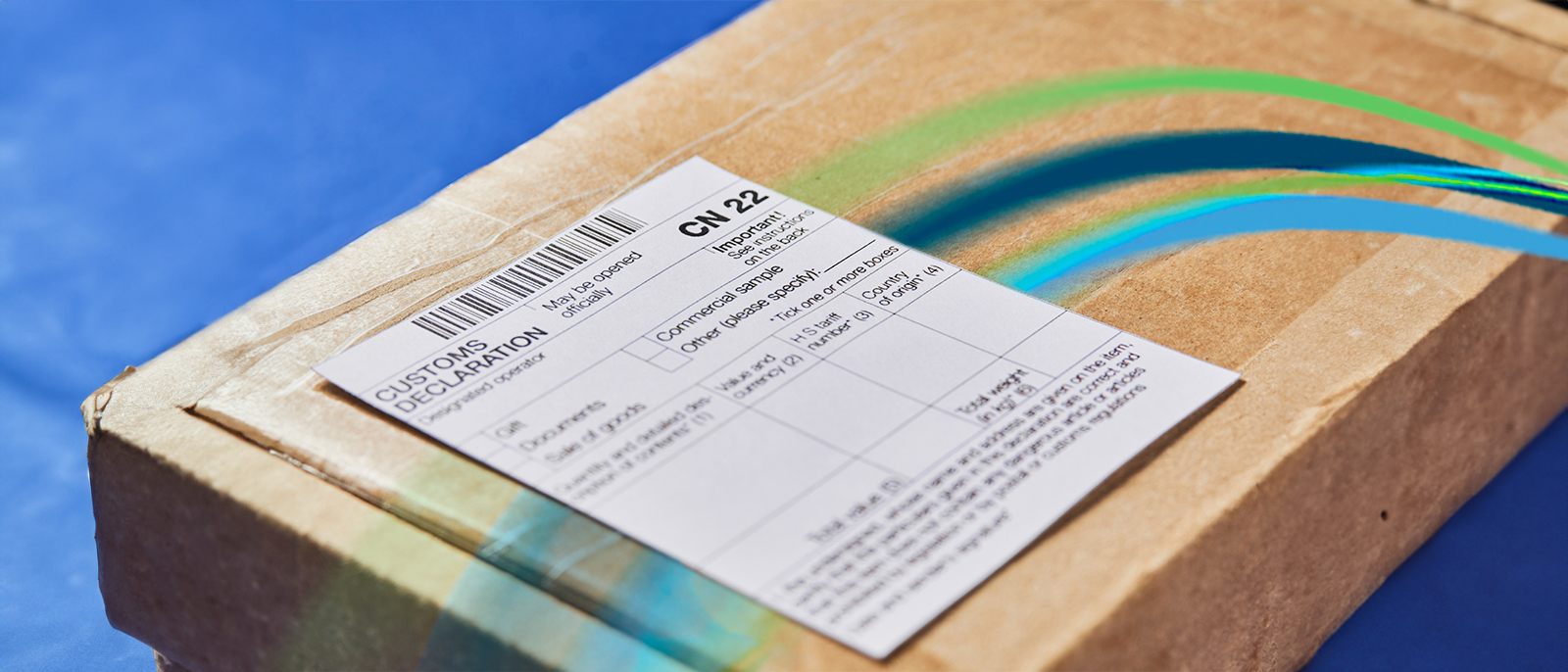
Creating a bill of lading (BOL) is a crucial step in the shipping and logistics process. A bill of lading is a legal document that serves as a receipt of goods, a contract of carriage, and a document of title. Here's a step-by-step guide on how to create bills of lading: Use a Standard Format:…


